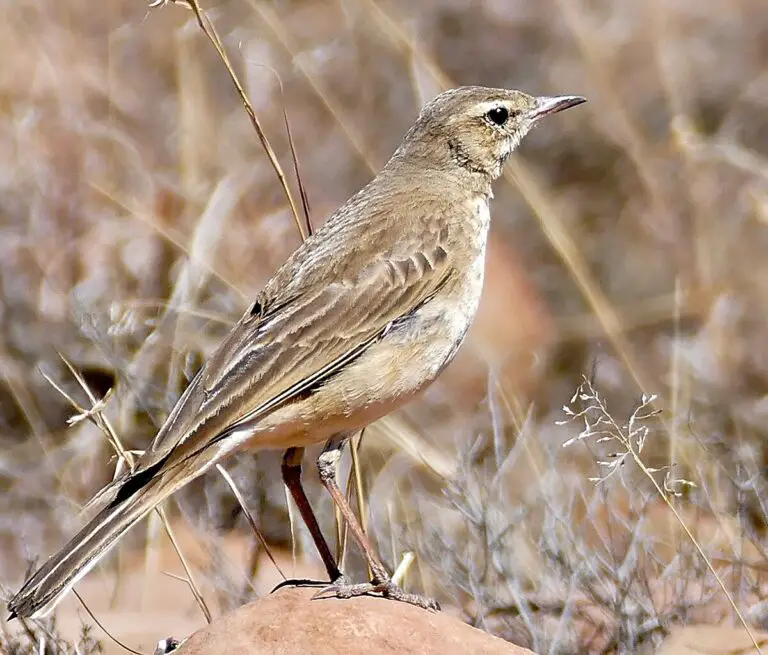Blue jay
“Blue jays bring color to the sky and joy to the heart.”
Best Quotes for Blue jay Bird
Blue jay Lifespan related to Blue jay Predators & Blue jay Conservation Status also Blue jay Location and Habitat important regarding Blue jay Reproduction & Blue jay Diet for Blue jay Behavior of the Bird
Blue jay Scientific Classification
Domain: Eukaryota
Kingdom: Animalia
Phylum: Chordata
Class: Aves
Order: Passeriformes
Family: Corvidae
Genus: Cyanocitta
Species: C. cristata
Data Source: Wikipedia.org
Blue jay Characteristics
The blue jay is a beautiful and intelligent bird that is commonly found in North America. It has striking blue feathers on its back and wings, with a white chest and black markings on its face. Blue jays are known for their loud and distinctive calls, which can be heard from far away. They are also highly adaptable and can be found in a variety of habitats, from forests to urban areas. Blue jays are omnivores, feeding on insects, nuts, seeds, and even small animals. Overall, the blue jay is a fascinating and charismatic bird that is a joy to observe in the wild.
Blue jay Lifespan
The average lifespan of a Blue Jay is around 7 years in the wild. However, they have been known to live up to 17 years in captivity. Blue Jays are intelligent birds with distinctive blue feathers and can be found in forests and urban areas throughout North America.
Blue jay Diet
Blue jays primarily eat nuts, seeds, fruits, insects, and small animals like frogs and lizards. They also eat eggs and nestlings of other birds. Blue jays are omnivorous, meaning they eat both plants and animals to survive.
Blue jay Behavior
Blue jays are known for their loud calls, territorial behavior, and intelligence. They are curious birds that can mimic other sounds and are often seen foraging for nuts and insects.
Blue jay Reproduction
Blue jays mate in monogamous pairs and lay 2-7 eggs in a nest, which they both care for. The female incubates the eggs while the male brings her food.
Blue jay Location and Habitat
Blue jays can be found in North America, mostly in forests, parks, and suburban areas. They are known for their striking blue feathers and loud calls, making them easy to spot and hear.
Blue jay Conservation Status
The Blue jay is listed as a species of Least Concern on the conservation status scale, meaning their population is stable and not currently at risk.
Blue jay Predators
Common predators of Blue jays include hawks, owls, snakes, and domestic cats. These animals hunt Blue jays for food, so they must stay alert to stay safe.
Blue jay FAQs
- What is a Blue Jay?
A Blue Jay is a vibrant blue bird with a crest on its head. - Where can Blue Jays be found?
Blue Jays are commonly found in North America, primarily in forests and suburban areas. - What do Blue Jays eat?
Blue Jays have a varied diet that includes seeds, nuts, insects, and even small animals. - Do Blue Jays migrate?
Some Blue Jays do migrate during the winter months, while others stay in their breeding grounds year-round. - Are Blue Jays social birds?
Yes, Blue Jays are social birds that often travel and forage in small groups. - Do Blue Jays mate for life?
Blue Jays are monogamous and typically mate for life. - Can Blue Jays mimic other bird calls?
Yes, Blue Jays are known for their ability to mimic the calls of other birds. - Do Blue Jays build nests?
Blue Jays build cup-shaped nests out of twigs, grass, and mud in trees or shrubs. - Are Blue Jays aggressive towards other birds?
Blue Jays can be aggressive towards other birds, especially when defending their territory or food sources. - Are Blue Jays considered pests?
While Blue Jays can be considered pests by some due to their loud calls and tendency to raid bird feeders, they also play an important role in ecosystems by dispersing seeds and controlling insect populations.




